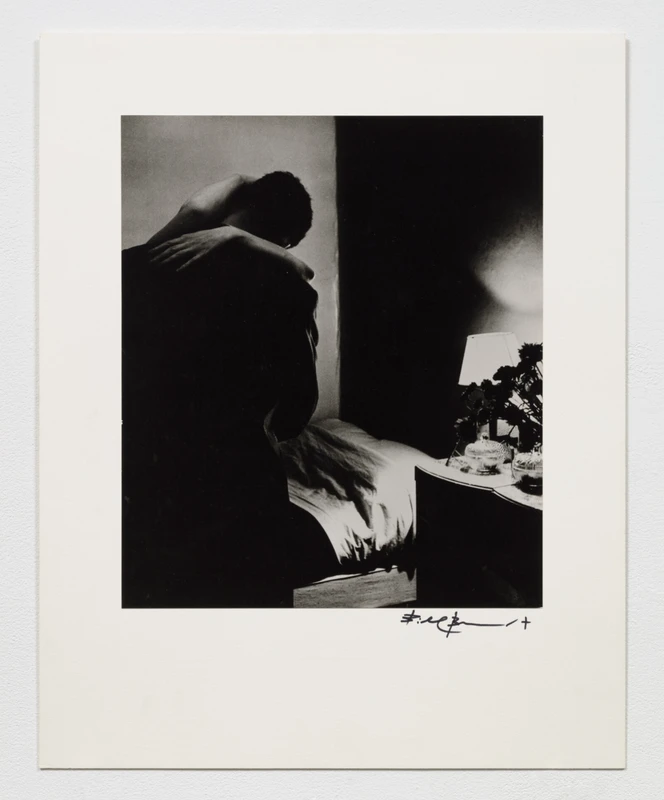Through A Modern Lens: Photographs by Brassaï, Bill Brandt and Irving Penn
6 May-18 Jun 2022


Marlborough London is pleased to present Through A Modern Lens, a group exhibition featuring iconic images by three of the greatest photographers of the 20th century, Brassaï (born Gyula Halász, 1899-1984), Bill Brandt (1904-1983), and Irving Penn (1917-2009).
With works ranging from the 1930s to 70s and including exuberant scenes from Parisian nightlife as well as a visual study of British society between the wars, elegantly posed nudes and glamourous fashion imagery, the exhibition celebrates a pivotal period in the history of photography, when the medium firmly established its position as an independent art form. The show also pays tribute to the critical role Marlborough played at the forefront of exhibiting photography during the 1970s and 80s.
Referred to as ‘the eye of Paris’ by author Henry Miller, Brassaï’s photographic oeuvre has shaped the collective perception of the city to this day. Wandering the dimly lit streets of the infamous Montmartre district, he captured the excessive nightlife of the demi-monde in bars and brothels, creating a unique visual topography of the city and a colourful chronicle of its subcultures during the 1930s and 40s. Mastering the technical difficulties of night photography, Brassaï’s formal training as a painter is evident in the carefully constructed frames of his images, in which light and shadow feature as the key compositional elements.
German-born photographer Bill Brandt is best known for his photojournalistic work which documented the daily life in Britain during the Depression of the 1930s and the Blitz of 1940. Observing the pointed social contrasts with great attentiveness, compassion and humour, these photographs render an apt, multi-faceted tableau of the realities of war.
The exploration of the nude female form constitutes a second key aspect within Brandt’s oeuvre. Initially influenced by Man Ray, he approached the subject in an increasingly experimental manner, creating spatial distortions of the human body through the use of wide-angle lenses, while extreme contrasts of brightly lit forms and dark shadows give the images a sculptural, almost monumental effect.
A key contributor to American Vogue who shot more than 150 of the magazine’s covers, Irving Penn’s pared-down aesthetic redefined the genre of fashion photography and elevated it into the realm of art. Penn mostly photographed in the studio, staging his motifs in front of white backdrops and with minimal lighting. Formal simplicity and conciseness are a characteristic feature throughout his prolific oeuvre. Entitled Worlds in a Small Room, a striking group of photographs depicting indigenous people in cultural adornment were taken in Penn‘s portable studio during his travels to New Guinea and Cameroon. Beyond their strong visual impact these images testify to Penn’s ability to capture the unique individual presence of his sitters, bridging gaps of culture and language.